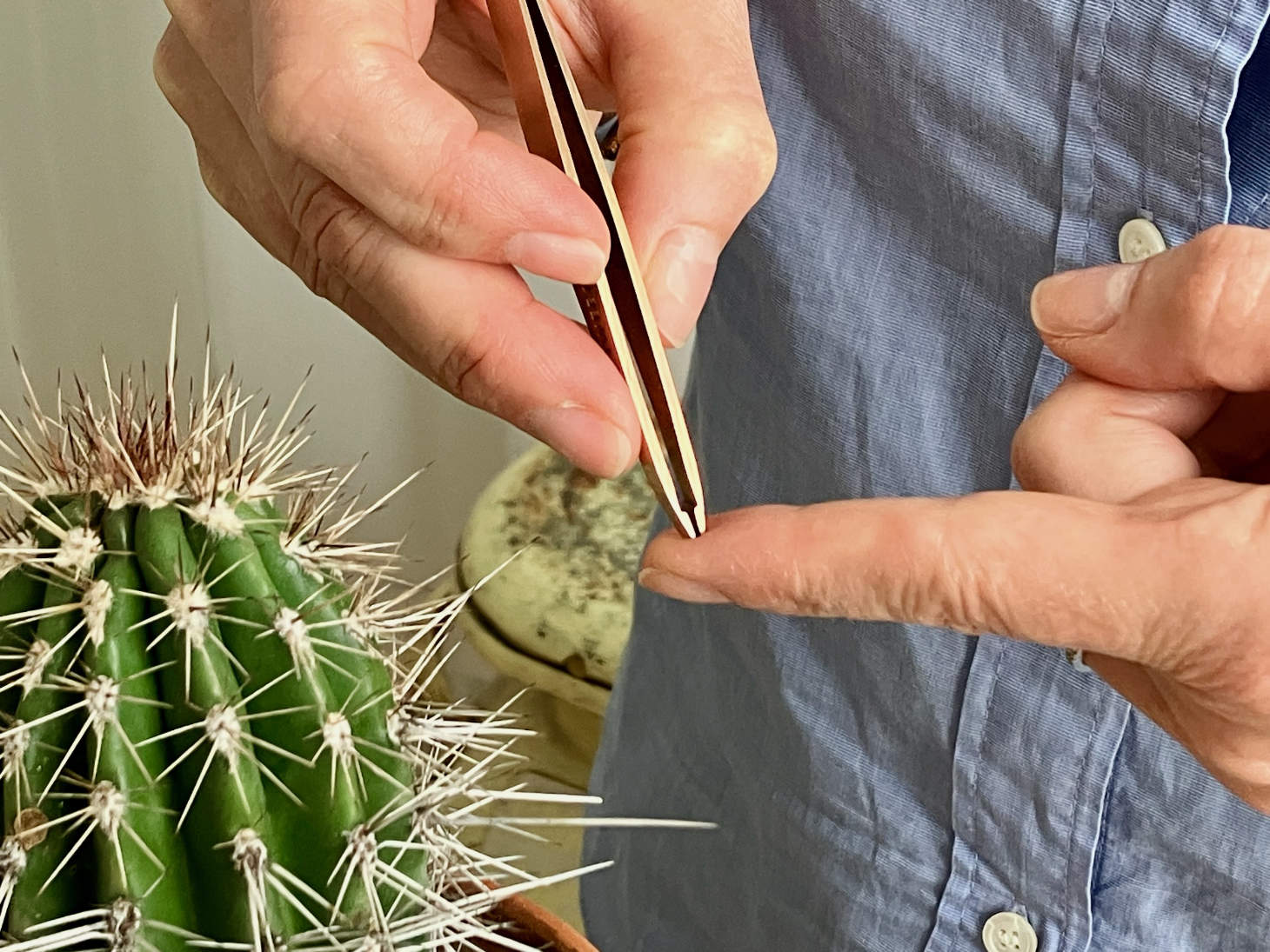Cactus Thorn Removal
Getting pricked by a cactus thorn can happen quickly, and it often hurts more than you expect. You might notice tiny thorns stuck in your skin that can be hard to see or remove. The best way to remove cactus thorns is to carefully use tweezers for the bigger pieces, followed by firmly pressing duct tape onto the area and then peeling it off to catch the smaller spines.
Dealing with cactus thorns the right way can help prevent pain, infection, or other skin problems. Knowing what to do right away keeps the area clean and helps you avoid further issues. If you take a few careful steps, you can handle cactus thorn injuries at home and get back to your day quickly.
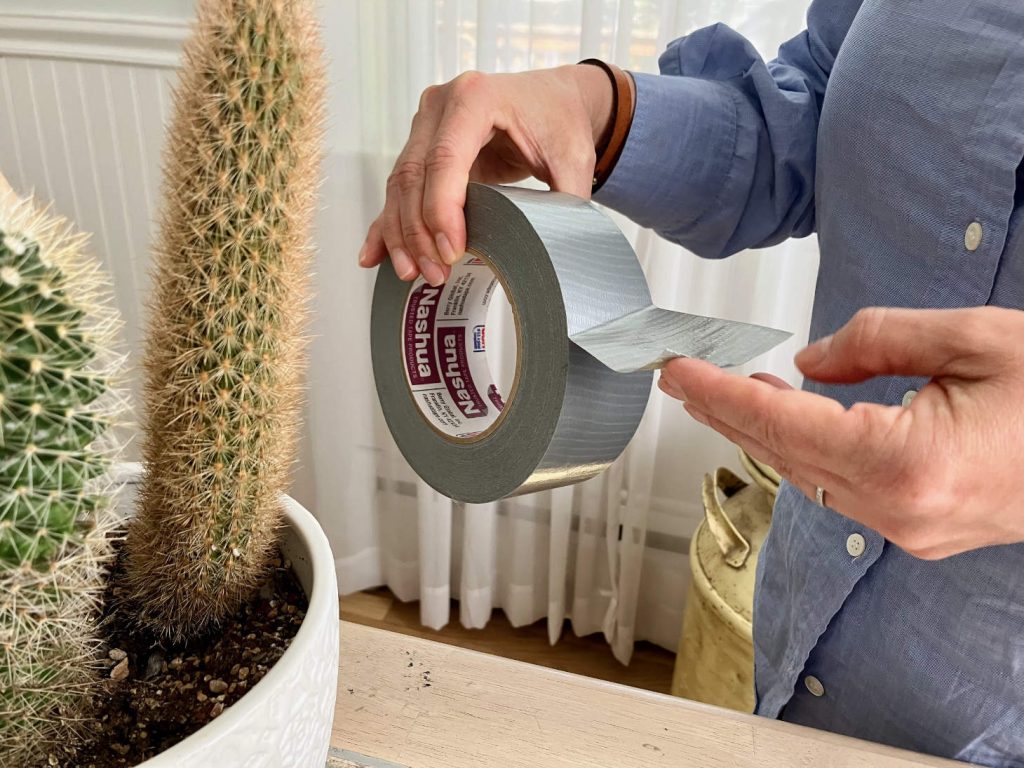
Key Takeaways
- Know what to expect when dealing with cactus thorns.
- Use safe techniques to remove thorns from your skin.
- Proper aftercare reduces the risk of problems later.
Understanding Cactus Thorns and Their Effects
Cactus thorns can pierce your skin easily and may cause health issues if not removed. Knowing the types of thorns and their possible risks can help you treat injuries more effectively.
Types of Cactus Thorns
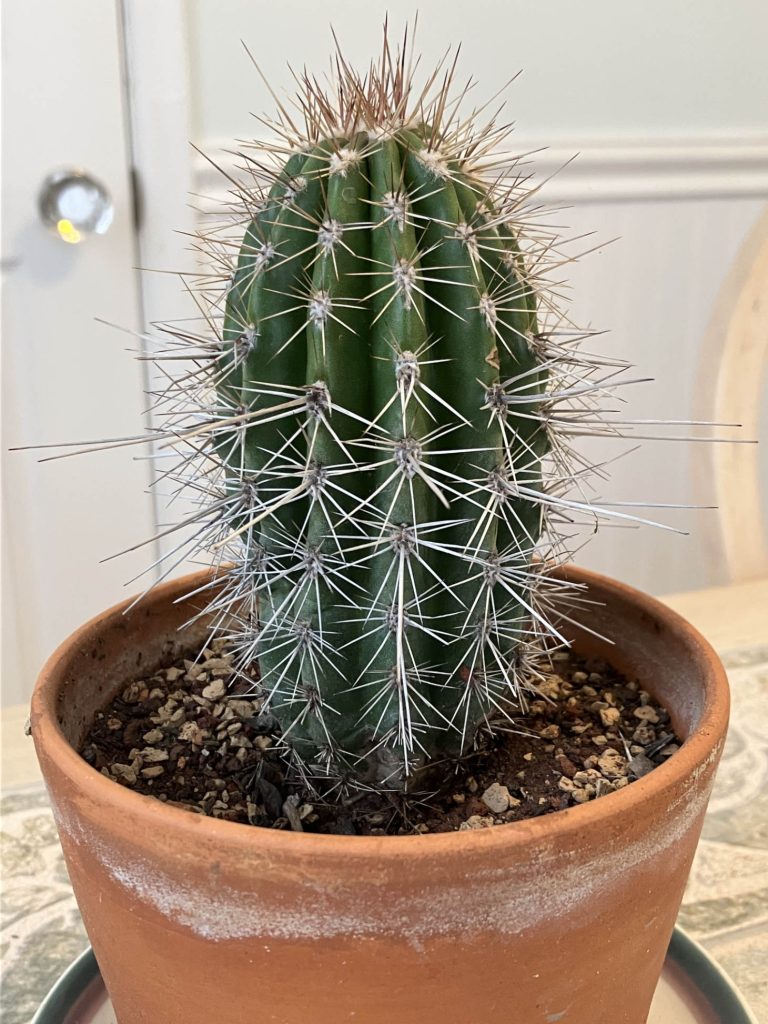
Cactus thorns are also called spines or needles. These sharp, pointed parts grow from special structures on the cactus. Most cactus spines are actually modified leaves that help protect the plant and conserve water.
There are three main types of cactus spines:
- Central spines tend to be thicker, exhibit more intense coloration, and frequently feature a hooked structure.
- Radial spines are typically straight and develop in a circular pattern surrounding the central spines.
- Glochids are hair-like spines or short prickles, generally barbed, that easily detach from the plant and lodge in the skin, causing irritation. They are found on cacti in the sub-family Opuntioideae.
A single cactus can have central, radial, and glochid spines. All three types can cause pain and discomfort if they stick in your skin.
Risks Associated with Embedded Thorns
When a cactus thorn or spine becomes stuck in your skin, it acts as a foreign body. This can lead to several problems. The most common reaction is inflammation, which causes redness, swelling, and tenderness at the site.
If a thorn is left inside the skin, it may increase the risk of infection. In rare cases, your body may form a lump or nodule around the spine, called a granuloma.
Cactus spines are not usually poisonous, but bacteria on them can enter the skin and cause problems. You should try to remove thorns as soon as possible to reduce these risks. Signs you may have an infection include pus, increased redness, heat, or pain at the site.
Safe Cactus Thorn Removal Techniques
Removing cactus thorns quickly and properly lowers your risk of infection and discomfort. You can use common items at home, such as tweezers or adhesive tape, to get cactus spines out safely.
Using Tweezers for Thorn Removal
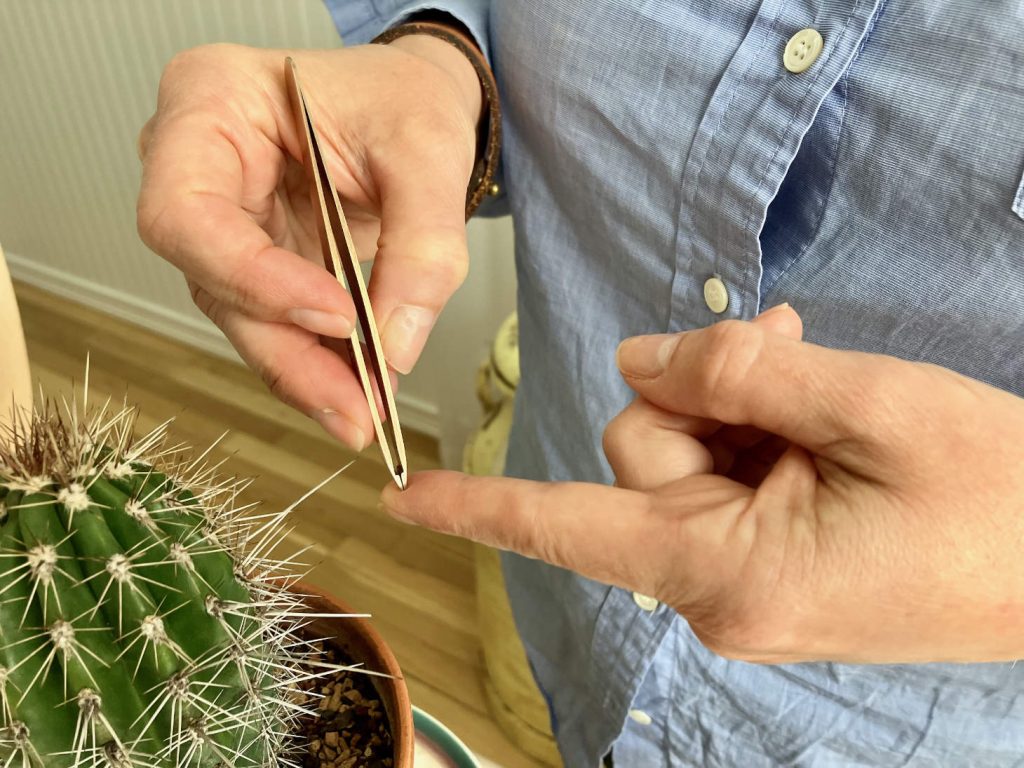
Tweezers are often the first tool people use for thorn removal, especially if the cactus spines are large enough to see and grip. Stainless steel tweezers work best because they are easy to clean before and after use. Wash your hands and clean the area around the cactus thorn with soap and water.
Hold the tweezers close to the skin and gently pull out the cactus spine. Pull in the same direction the thorn entered to avoid breaking it. If the thorn is deeply embedded, do not dig into your skin. Instead, stop and try another method or seek medical help.
Tip: Keep tweezers in your first aid kit in case of future accidents with cactus thorns or other foreign bodies.
Adhesive Tape Method
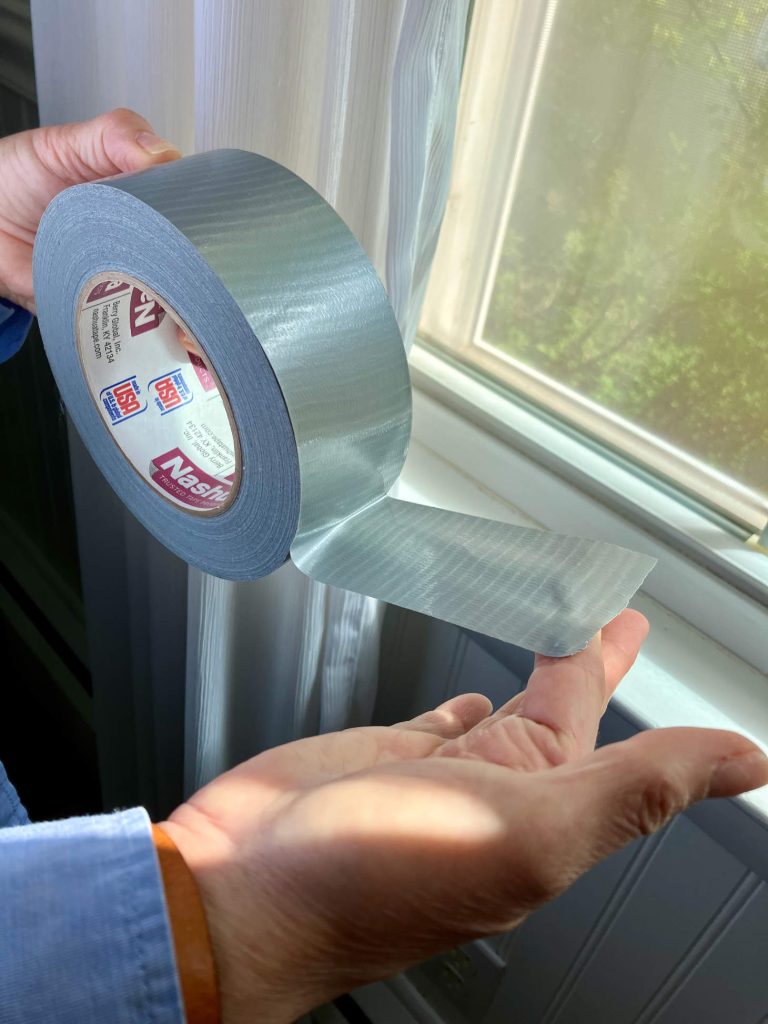
If you see many tiny hair-like spines, like glochidia from prickly pears or chollas, use the adhesive tape method. Common tapes include duct tape. First, press a strip of tape gently but firmly onto the area where the cactus thorns are stuck.
Wait a few seconds, then slowly peel the tape off in the opposite direction of the spines. Repeat as needed, but avoid rubbing the tape as this might push spines in further. This method works best for tiny spines that you cannot remove with tweezers.
Extra Tip: Some people also use a layer of liquid glue. Let it dry and then carefully peel it off along with the spines.
Handling Difficult or Deeply Embedded Thorns
Difficult cactus thorns, such as those stuck deep in the skin, need careful treatment. Do not try to dig them out with sharp objects because this can cause infection or push the spine deeper.
Instead, clean the area and cover it with a clean, moist cloth. If you cannot remove the foreign body with tweezers or adhesive tape, do not keep trying. Watch for signs of redness, swelling, or pus, which could mean infection.
Seek medical help if the cactus spine is still stuck after trying safe home methods. A doctor can remove it safely and treat any resulting problems.
Aftercare and Complication Prevention
Taking care of your skin after removing a cactus thorn is important to lower the risk of infection, allergic reactions, and skin problems. Immediate and proper steps can help wounds heal quicker and prevent further discomfort.
Proper Wound Care Post-Removal
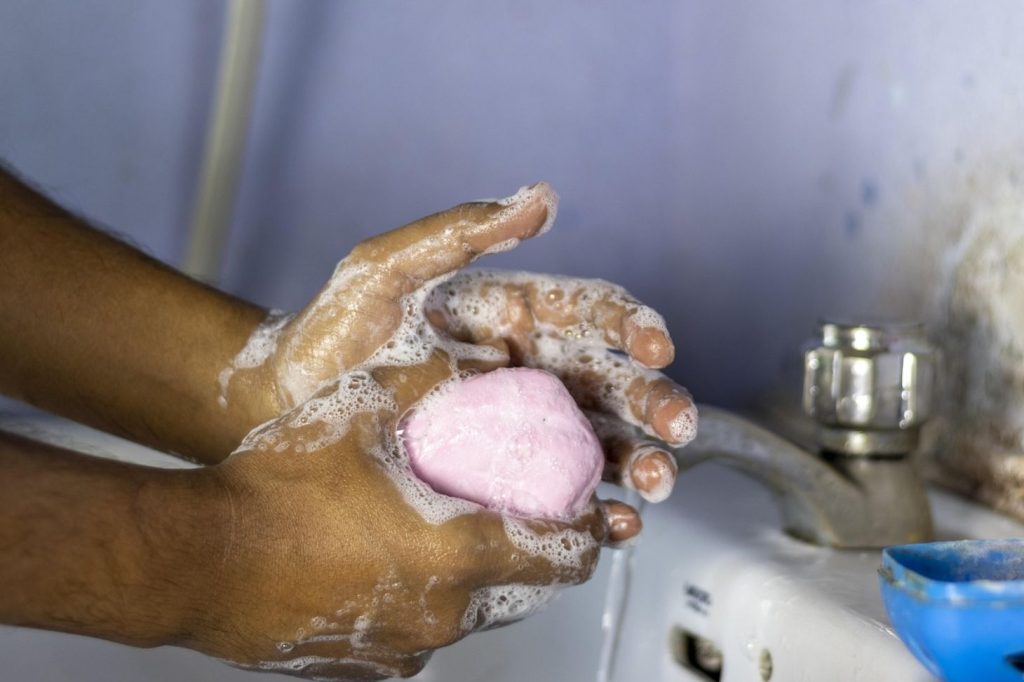
Clean the area with soap and warm water as soon as the thorn is out. Gently pat it dry with a clean towel. Avoid rubbing, since this can irritate the skin.
Apply an antibiotic ointment to help prevent infection. Cover the spot with a clean bandage, especially if there is any bleeding or broken skin. Change the bandage daily and keep the area dry and clean.
Watch for signs of infection like redness, swelling, warmth, or pus. If you notice these, see a healthcare professional. Do not scratch or pick at the wound.
If pain or swelling increases, use a cold pack for short periods to help reduce inflammation. Over-the-counter pain relievers can also help with soreness.
Signs to watch for:
| Sign | What it could mean |
|---|---|
| Redness, warmth | Possible infection |
| Pus or oozing | Infection, seek medical advice |
| Swelling | Inflammation or allergic reaction |
| Rash | Possible dermatitis |
Managing Allergic Reactions and Dermatitis
Some people may get an allergic reaction or dermatitis after cactus thorn exposure. Symptoms can include itching, a rash, or swelling in the area.
If you have mild itching or redness, apply a hydrocortisone cream or an oral antihistamine, like diphenhydramine, as directed. Keep your hands away from the site to limit irritation.
If you develop hives, severe swelling, or trouble breathing, get emergency medical help right away. This could be a sign of a serious allergic reaction.
Keep the skin moisturized with a gentle, fragrance-free lotion. Avoid using harsh soaps or chemicals on the wound while it heals, as these can make dermatitis worse.
Mild skin reactions:
- Use cool compresses
- Try calamine lotion for itching
- Avoid scratching

